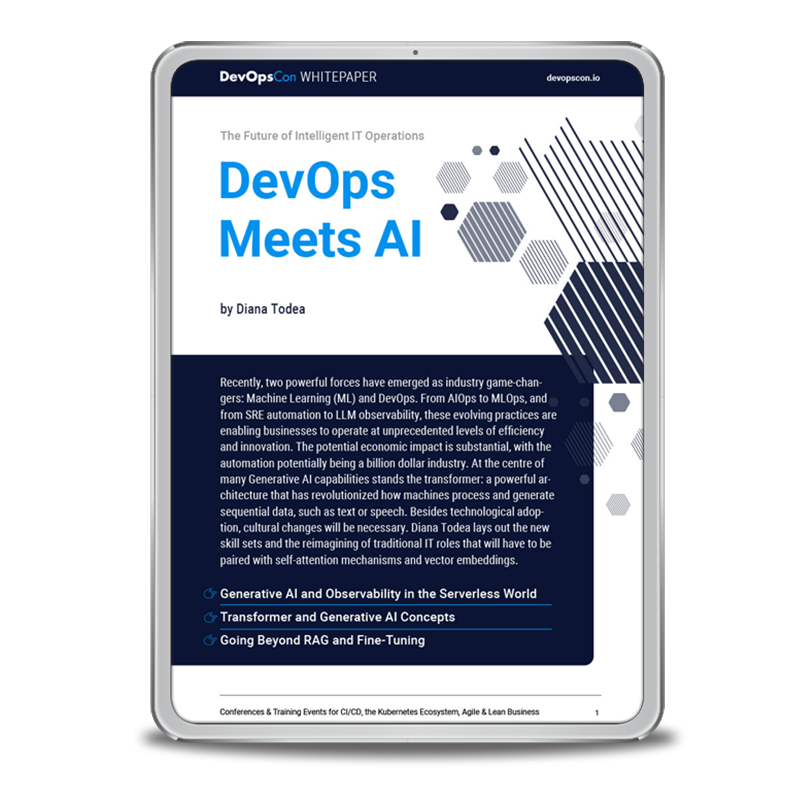STAY TUNED
Learn more about DevOpsCon
What exactly is Kanban in contrast to other agile methods?
Thomas Schissler: Agile methods usually focus on optimizing a product’s benefits. Kanban focuses primarily on flow—meaning, optimizing the completion of work packages. Ideally, both aspects should be combined.
What can Kanban do for a team or company?
Thomas Schissler: It can make teams more efficient by keeping the team focused on getting things done. Kanban is best described by the slogan ‘“Stop starting, start finishing”. At first, this sounds counterintuitive. But if we work on fewer tasks simultaneously, then we’ll end up completing more of them. This requires a change in our thinking, and in some cases, it calls for radical changes in our working methods.
In your article, you write, “For those who embrace it, this approach promises better results and more relaxed work.” How can you convince your team or team leader to implement Kanban?
Thomas Schissler: That’s an interesting question. I’m a big fan of small experiments. I’d maybe look for one or two or teammates who are open to the idea. Then I’d simply try out a few things with them. Can we focus on implementing a requirement together? How quickly can we complete it? What obstacles are involved? Does it have an impact on quality and forecasting? How does it feel? Once we have some initial small successes, I’d share them with the rest of our team and team leader. I’d ask if we should continue our experiments and if more people want to join. I’m positive that these little experiments should be possible in almost any environment.
What sort of obstacles might you face when implementing Kanban?
Thomas Schissler: For successful implementation, we’ll need to throw some of our established core beliefs overboard. In most organizations, work is organized to optimize utilization. If someone doesn’t have anything to do is and just sits around, that’s seen as a waste and something needs to be done about it immediately. But from a flow perspective, high utilization is counterproductive. Idle times occurring in the system are actually quite welcome. They can help optimize lead times and ultimately, improve our system’s efficiency. There’s an impressive video byHenrik Kniberg [1]. This is just one example of a basic conviction that we must first overcome.
What is your favorite tool to accompany Kanban?
Thomas Schissler: For now, I’m very open, since the tool isn’t crucial for me. Personally, I like working with paper boards on the wall. But this isn’t always practical, especially with the increase in remote work. I’m happy using Azure DevOps myself.
Lastly, a foray into Azure DevOps. What do you think about the coexistence of Azure DevOps and GitHub? Will one merge with the other?
Thomas Schissler: That’s a question I get asked a lot at the moment. Personally, I’d hate to see all the cool features in Azure DevOps get rebuilt in GitHub. Instead, I’d rather see investment in new functionality. For example, I’d like to see Azure Boards integrated well with GitHub and then focus on improving Azure Boards.
The questions were provided by Jean Kiltz.






 6 months access to session recordings.
6 months access to session recordings.